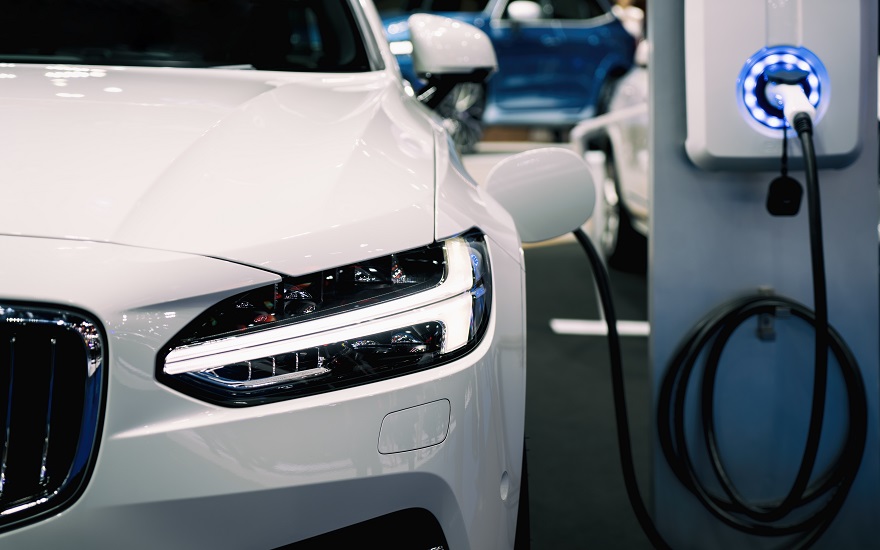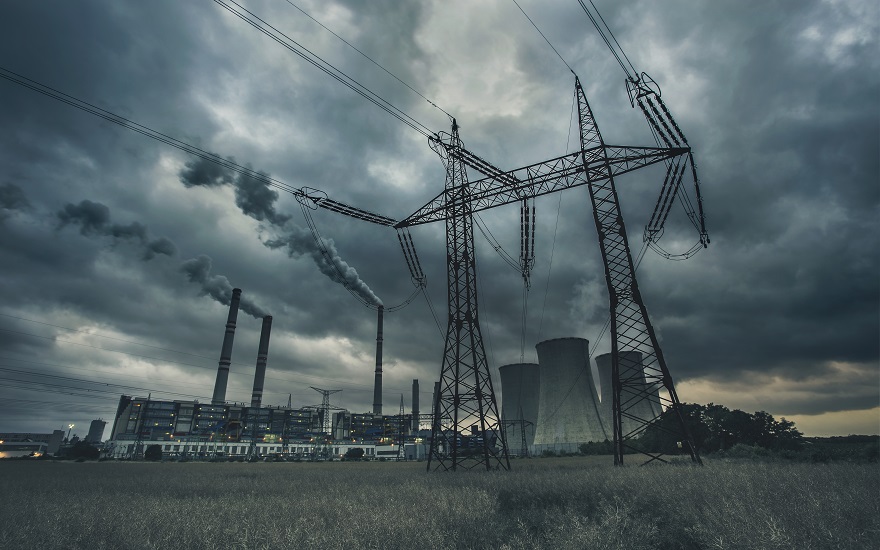As electric vehicles become the mode of transport of choice in coming years, what are the implications for our power supplies?
Sales of electric vehicles (EV) in the UK last year increased by 144% despite the overall car market declining by 2.4%. Of course, these on-the-face-of-it positive figures come with certain caveats.
Sales of pure electric cars totalled roughly 38,000, a record but still just 1.6% of total cars bought, while plug-in hybrid sales hit 37,400.
In total, there are more than 250,000 EVs on Britain’s roads – huge progress from the paltry sum of 3,500 back in 2013.
But as part of the government’s commitment to reach zero-carbon by 2050, new petrol, diesel and hybrid car sales are banned by 2035.
So the trend will need to shift dramatically from tens or even hundreds of thousands of electric vehicles to the tens of millions.
Balancing Supply & Demand With Vehicle To Grid (V2G)
In its 2019 ‘Future Energy Scenarios’ document, National Grid predicts there’ll be as many as 11 million EVs on roads by 2030 and up to 36 million by 2040.
This poses a couple of key questions: “how quickly will all the necessary charging points and other infrastructure be in place?”; and “how will increasing numbers of EVs impact on the electricity grid?”.
The answer to the first of those queries is debatable, especially considering the cost and the logistics involved.
In terms of the second question, National Grid actually predicts the overall energy demand from road transport will actually fall over time.
Petrol and diesel vehicles use more energy per mile than EVs. Annually, road transport requires around 500 TWh.
By 2050, in all circumstances outlined in the ‘Future Energy Scenarios’, National Grid predicts this will fall to under 200 TWh.
As the name implies, however, electric vehicles do require electricity. Mass take-up of EVs will inevitably add demand to the grid. That’s why smart charging is essential to manage peak demand. It also opens up the tantalising possibility of Vehicle to Grid (V2G).
On average, an electric vehicle is parked up and unused for more than 90% of its time. Rather than all that stored energy sitting doing nothing, V2G enables this electricity to feed back into the grid, similar to the demand side response schemes that are becoming increasingly popular.
In practice, electric car owners recharge their vehicles overnight when overall demand for power is low, so the price is cheaper. Then when electricity supply is at a premium during peak times, they could release stored power back into the grid and be paid for this balancing service.
In all, National Grid anticipates V2G could provide up to 8 GW of electricity by 2040, increasing to 13 GW by 2050.
In the shorter term, the operator anticipates only 2% of electric vehicles will provide V2G by 2030.
But that could still mean up to 220,000 EVs actively engaged with the concept, representing more than 2 GW of system flexibility. That’s the equivalent of the current Triad Management response scheme that helps organisations avoid peak demand tariffs.
Second Life Of Electric Vehicle Batteries
There is a flip side to the roll-out of electric vehicles though. As the number of EVs grows at a rapid rate, so too does the volume of old batteries.
Battery packs in electric vehicles need replacing approximately every ten years. For electric buses and taxis, it’s every four.
Recycling the lithium-ion used in electric vehicles is expensive – up to five times as much as mining new, virgin material.
Indeed, the recycling rate for lithium-ion batteries across the EU is currently less than 5%. As a comparison, 96-98% of sealed lead-acid cells typically used in applications like uninterruptible power supplies are recycled.
However, there is another option to prevent millions of old batteries being sent to the scrap heap.
Electric vehicle batteries retain up to 70% of their original capacity and can still store and discharge energy for anything between a further 7-10 years. This opens up the possibility for them to have a “second life” as energy storage solutions in settings such as factories, offices or data centres.
According to Bloomberg NEF, it costs roughly $50 per kWh to repurpose old EV batteries so they’re suitable. A new stationary storage battery costs around $300 per kWh.
These batteries could be used to store vital emergency backup in case of mains failures. Operators could also use the stored power as a cost-effective alternative to peak-time mains electricity, or to take part in other demand side response mechanisms that balance the power grid.
Hurdles To Overcome
There are a few issues to consider though. Electric batteries come in all different shapes and sizes, depending on the manufacturer. They’re used in different cars in a variety of climates under a range of stresses.
This means they’re likely to age at different rates, so it’s tricky to combine them into a coherent single system. It needs expensive battery monitoring software to group cells with similar performance characteristics together.
While Tesla, the world’s biggest manufacturer of electric cars, focuses on recovering the raw materials used in its batteries rather than giving them a second life. Of course, you can’t separate this stance from the fact that the company also has a separate – and extensive – range of grid storage batteries too, so doesn’t need to deploy its EV cells for such applications.
However, several other car manufacturers are reusing their old EV batteries in large-scale energy storage settings. One shining example is found at the Johan Cruyff Arena in Amsterdam, the home stadium of Ajax football club.
The Nissan-led scheme combines the power from 85 new and 63 old EV battery packs attached to 4,000+ solar panels fitted to the facility’s roof.
It stores the equivalent electricity to run 700,000 houses and can power the entire arena for an hour, although its main role is to act as a generator backing up the venue’s mains supplies.




